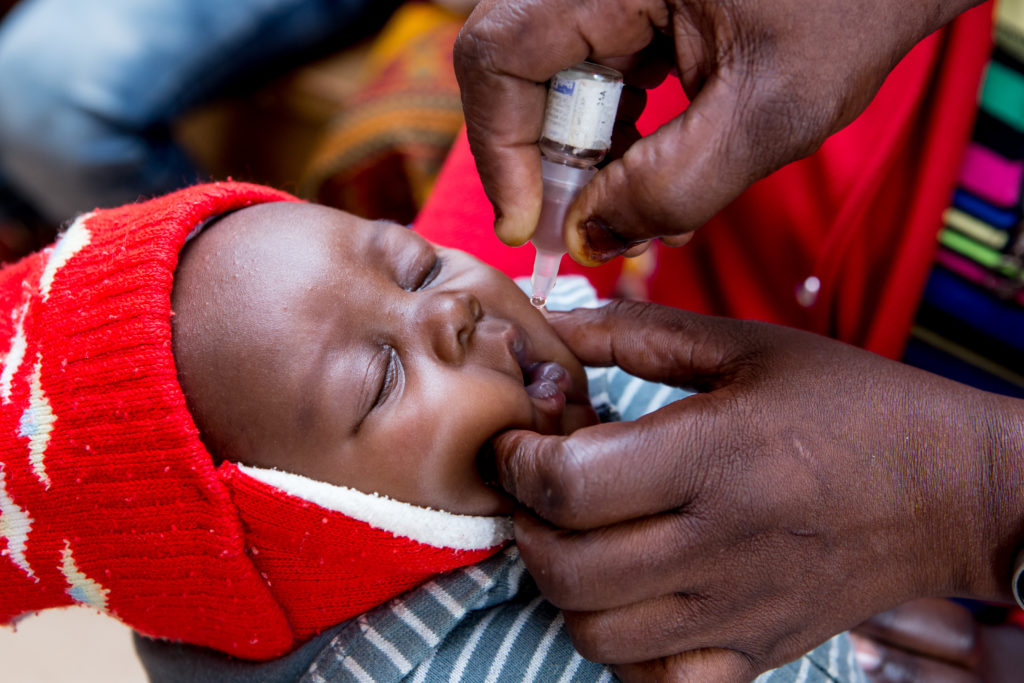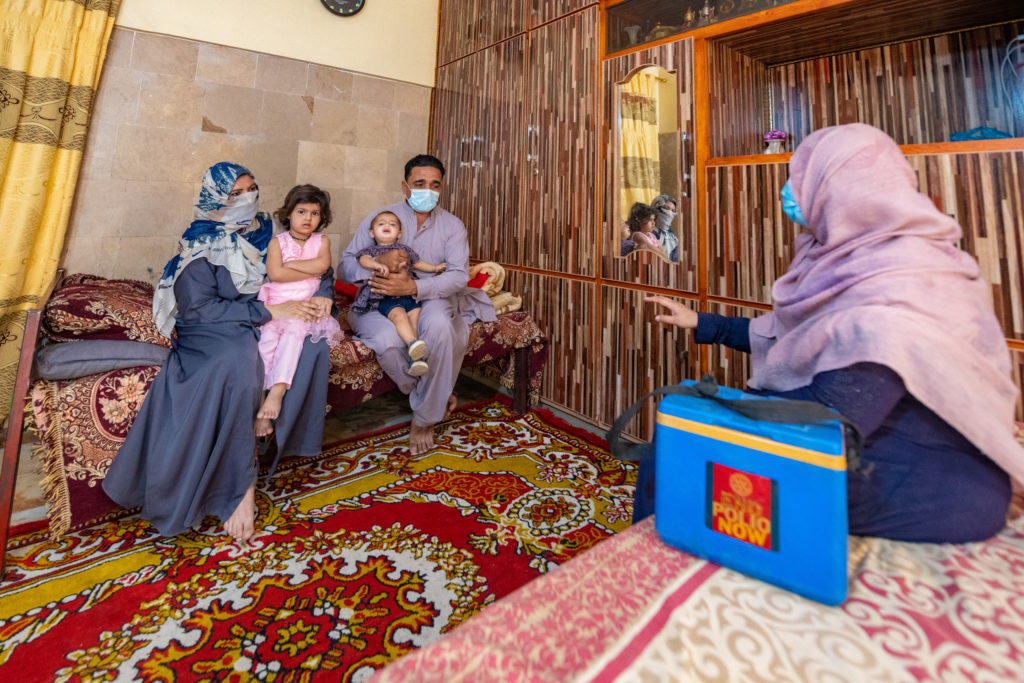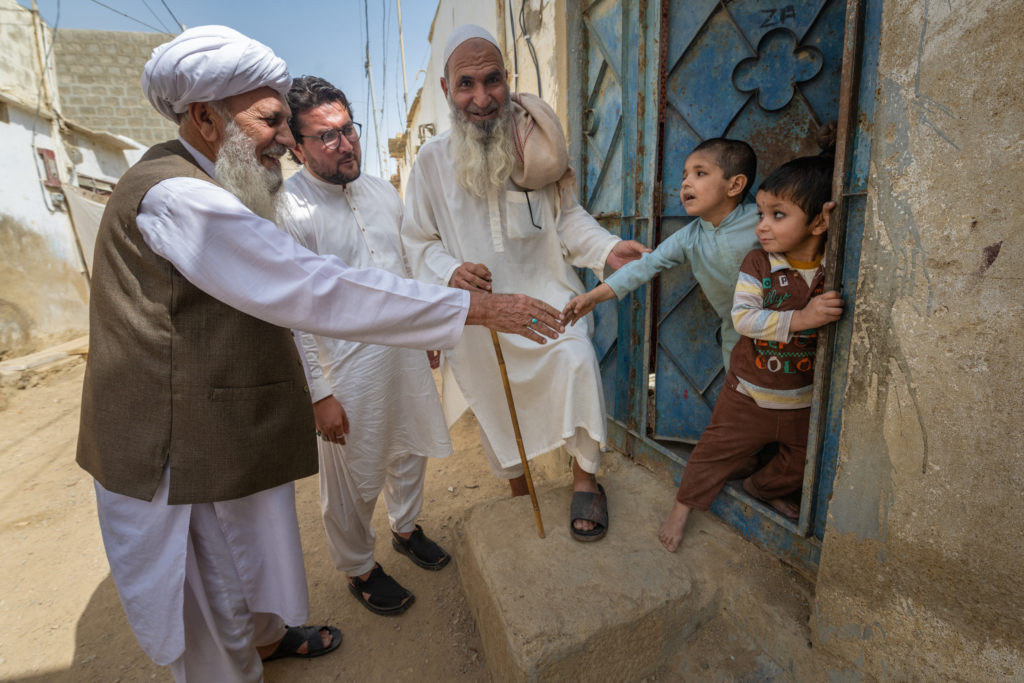Delivering on the promise of a polio free world: What will it take to achieve polio eradication?
By Steven Lauwerier
Delivering on the promise of a polio free world
What will it take to achieve polio eradication?
Eradicating a disease is no easy task. The world has achieved this only once in human history when smallpox was declared eradicated in 1980. But now we are tantalizingly close to ending a second disease, polio – the deadly viral disease that has paralyzed hundreds of thousands of children globally over the past centuries.
The Global Polio Eradication Initiative (GPEI), one of the largest public health partnerships in the world, has helped vaccinate over 2.5 billion children, reducing polio cases by 99.99 percent in the past three decades. Much of the credit for this remarkable progress goes to the diligence of health workers, local leaders and influencers, the leadership of national governments and the unwavering support from donors and partners.
However, challenges in the ‘final mile’ are the toughest yet.
2021 witnessed the lowest wild polio case count in history, with four cases in Afghanistan and two in Pakistan. But then, in February 2022, we had a rude awakening with a tragic report of a paralytic polio case in a three-year-old girl in Malawi, caused by a 2018 virus strain imported from Pakistan. The following month, neighboring Mozambique also reported a wild polio case caused by the same strain. Reports of non-wild variants of polio from Israel, UK and the US followed suit in the ensuing months.

Meanwhile, cases of wild polio have also increased, with 20 cases in Pakistan, seven in Mozambique and two in Afghanistan. In addition, outbreaks of non-wild variants of polio have continued in Africa and parts of Asia, paralyzing nearly 400 children this year. (Source: GPEI, October 2022)
So, why are these outbreaks happening, emerging even in countries that have been polio-free for decades?
Because childhood vaccination rates have fallen worldwide due to COVID related disruptions, in addition to the increased number of children living in conflict and fragile settings where immunization access is often challenging, and a rise in vaccine misinformation.

Immunization coverage data published by WHO and UNICEF earlier this year showed the largest sustained decline in childhood vaccinations in approximately 30 years. In 2021 alone, there were 18 million ‘zero dose’ children, highlighting the growing number of children at risk from devastating but preventable diseases like polio and measles. [Zero dose children – Infants who have not received even a single dose of the DTP vaccine]
Finishing off polio
To overcome these challenges and end polio for good, several things must happen urgently as outlined in the polio eradication strategy 2022-2026.
Firstly, a commitment from donors and partners to fully fund the polio eradication strategy. And we are already on the right track, with donors pledging over US$2.6 billion towards the polio eradication strategy during the recent polio pledging event on 18 October 2022 at the World Health Summit in Berlin.
Secondly, strong commitment and bold action from countries to reach every child with the polio vaccine. Because funds alone will not get children vaccinated and end polio. Leaders and policy makers of polio endemic countries, as well as countries experiencing or at risk of polio outbreaks, must treat polio eradication as the emergency it has been declared to be, and mobilize nationwide-wide vaccination efforts. The rest of the world must also step up their game in accelerating immunization coverage in their respective countries. As evidenced by the emergence of the virus this year in previously polio-free countries –as long as polio exists anywhere, no country is safe.
At the programme level, GPEI and partners are focusing on consequential geographies to effectively stop non-wild variant outbreaks while also correlating with areas where ‘zero dose’ children live.
In the polio endemic countries of Afghanistan and Pakistan, and in polio outbreak countries, we are increasing synergies with routine immunization, while making efforts to integrate polio to vaccination campaigns of other antigens and vice versa to further expand polio vaccination coverage. Furthermore, in polio high risk areas, we are delivering essential services like health, nutrition, water, and sanitation services that supports polio eradication efforts while also helping expand access to basic health services including routine immunization.
The engagement of community leaders, religious clerics, and local influencers, including social media influencers, is critical in all polio eradication efforts, to build trust in vaccines and motivate parents and caregivers, and combat vaccine misinformation. With more than 50 percent of the global polio workforce comprising women, who often have greater access to household in many countries, striving for gender equality is critical in reaching polio vaccines to every child.

Polio eradication is within our sight, and we cannot afford to miss this opportunity.
Together, we can, and we must deliver on the promise of a polio-free world where no girl or boy will be paralyzed by polio ever again.
